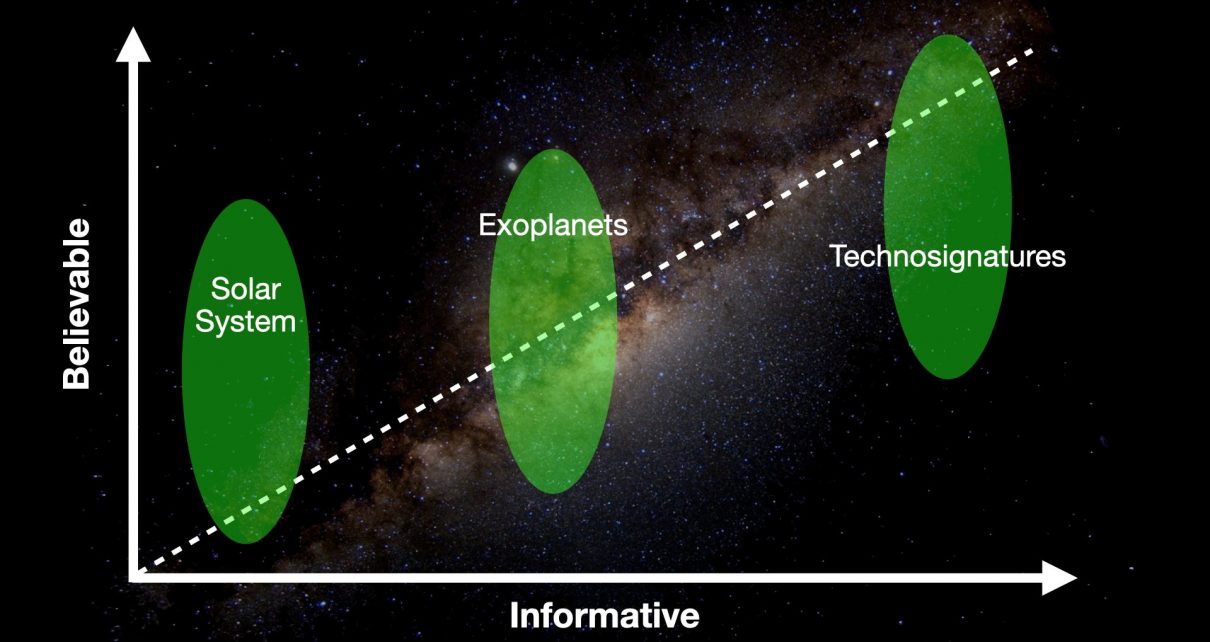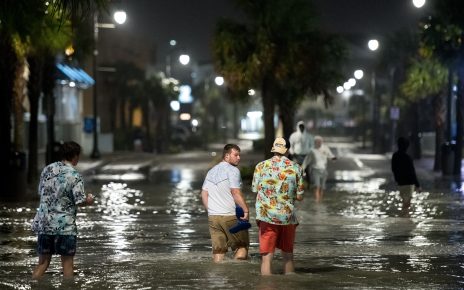On the 26th of April 1920, in a bit of canny PR, the Smithsonian Museum of Natural History in Washington, D. C. hosted a debate between the astronomers Harlow Shapley and Heber Curtis. The topic was the question of whether or not the ‘spiral nebulae’ were actually distant galaxies (implying a universe far more expansive than previously imagined) or simply a part of our own Milky Way (implying that this galactic realm was, in effect, the universe).
Regardless of the immediate value of this slightly contrived discussion, it did help push along the publication of works by Shapley and Curtis and in some ways become a model for bringing the nature of the scientific method (and argument) more into the public eye. In fact, back in 1995 the format was resurrected, again at the Smithsonian, for the first of a new generation of public debates. That one tackled the then-unknown nature of gamma-ray bursts. I was lucky enough to be sitting in the audience, having recently arrived in the US as a postdoc at NASA, and was struck by the pomp and fun of it all.
Now, 100 years on from the first debate, Professor Robert Nemiroff and the Astronomy Picture of the Day (APOD) have pulled together another debate – of sorts. This time the question is how the first evidence of extraterrestrial life is expected to be obtained, and instead of having just two debaters, the APOD folk asked a whole bunch of astronomers and astrobiologists to weigh in. You can look at all of the terrific opinions here. For my part I made a short 5 minute video, embedded below.
The gist of my take on the question is that we should also ask whether we will recognize alien life when we see it. To try to unpack that a little I came up with the following diagram:
The basic idea is that there is always a tension between the ‘believability’ of data or a measurement to do with life elsewhere and how informative that data or measurement is. For instance, if I dig up a wriggling organism on Mars that would be extremely believable as evidence for life elsewhere, however it’s arguably not as informative as other evidence. Maybe the wriggling organism is actually of the same stock as life on Earth (because of material exchange between planets), or it simply reinforces how ‘special’ our solar system is. By contrast, if I detect a strangely structured signal transmitted by another civilization, that might stretch our credulity or ability to interpret (less believable), but it would be astonishingly informative if real (they live, they think, they build!).
You can judge for yourself by watching the video:
Credit: C. Scharf 2020
As to my take on the debate question – my guess is that biosignatures are what we’ll get first, but we may not find a smoking gun. Instead we may accumulate evidence that ‘something is up’ across different environments, a sign that life is ‘at large’, even if the details remain elusive. Go take a look at all the other excellent perspectives here.


